Salt mining towns often feature the most surreal landscapes on Earth, where industrial necessity creates accidental beauty through evaporation ponds that turn brilliant shades of pink, red, and magenta. These colored waters result from salt-loving microorganisms and algae that thrive in hypersaline conditions, producing carotenoid pigments that transform utilitarian salt works into otherworldly spectacles.
The contrast between industrial salt production and natural beauty creates some of the world’s most photographed yet little-known destinations. Here is a list of 15 salt mining towns where pink lakes steal the spotlight from the practical business of extracting this essential mineral.
Torrevieja, Spain

This Costa Blanca town built its entire economy around two massive salt lagoons that turn deep pink during summer months when high salt concentrations encourage algae blooms. The Laguna Salada de Torrevieja produces over 600,000 tons of salt annually while attracting thousands of photographers drawn to its bubblegum-pink waters.
Visitors can walk along the lagoon’s edges, where industrial salt harvesting equipment contrasts dramatically with the lake’s cotton-candy appearance.
Great Salt Lake, Utah
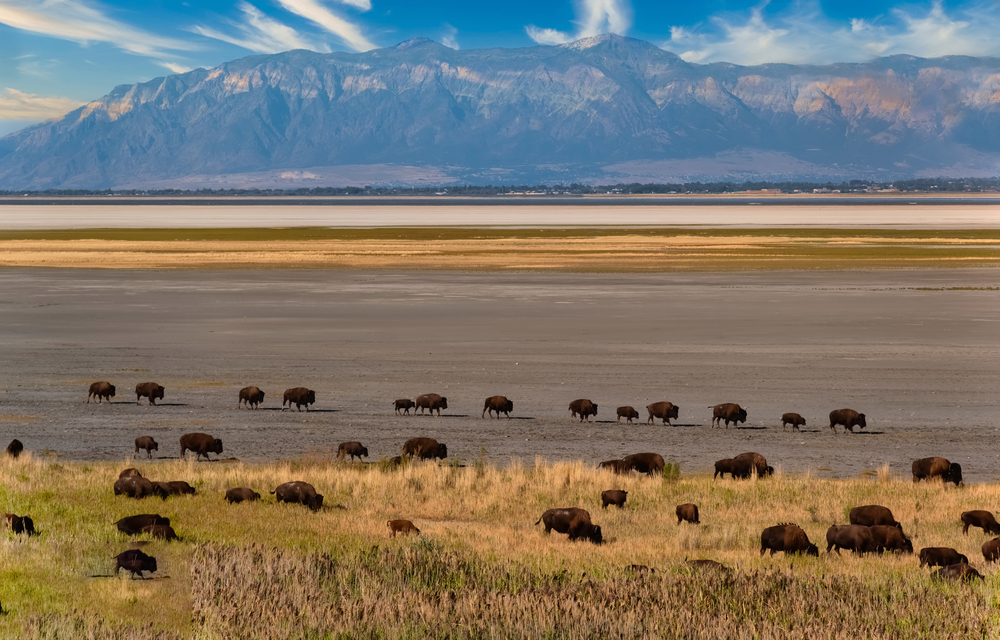
Utah’s inland sea supports several salt extraction operations along its shores, creating evaporation ponds that range from pale pink to deep burgundy depending on salt concentration and seasonal conditions. The lake’s south arm typically shows the most intense colors due to higher salinity levels that support dense populations of brine shrimp and salt-loving bacteria.
Modern visitors see the same pink waters that puzzled early Mormon pioneers, though today’s industrial salt operations add geometric patterns to the natural color display.
Like Travel Pug’s content? Follow us on MSN.
Hutt Lagoon, Australia
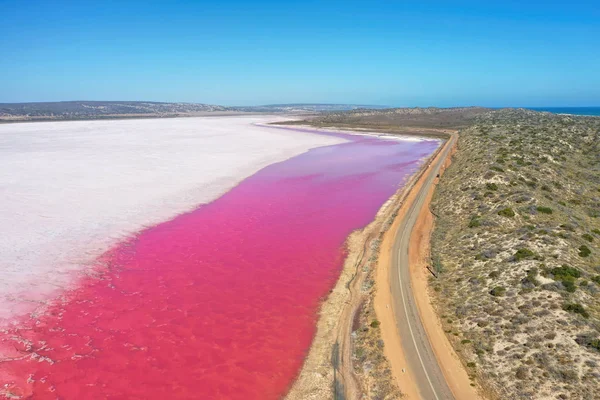
This Western Australian lagoon stretches for miles along the coast near Port Gregory, where salt harvesting operations maintain high salinity levels that produce intense pink and red coloration. The lagoon’s color intensity varies with seasons and weather conditions, sometimes appearing pale rose and other times glowing like liquid strawberry milk.
Local salt production has continued for decades, creating a sustainable industry that depends on the same extreme conditions that produce the lagoon’s famous colors.
Las Coloradas, Mexico

The Yucatan Peninsula’s pink lakes result from centuries of salt production in this small fishing village, where traditional harvesting methods maintain the hypersaline conditions necessary for intense coloration. The town’s name literally means ‘the colored ones,’ reflecting the local awareness of these unusual waters long before social media made them globally famous.
Today’s visitors find an active salt-working community where residents continue traditional harvesting while adapting to increasing tourism interest.
Gruissan, France
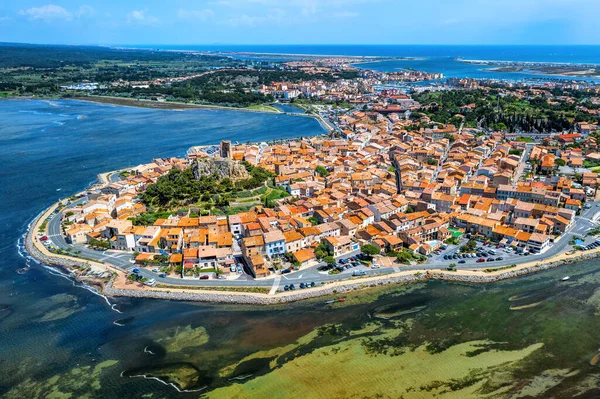
This Mediterranean coastal town features salt pans that have produced sea salt since Roman times, creating geometric patterns of pink, orange, and white that change color as water evaporates through different stages. The salt works operate as both industrial facilities and tourist attractions, with elevated walkways that provide panoramic views of the multicolored evaporation ponds.
Visitors today observe the same salt-making process that sustained this region’s economy for over 2,000 years.
Like Travel Pug’s content? Follow us on MSN.
Sivash, Ukraine
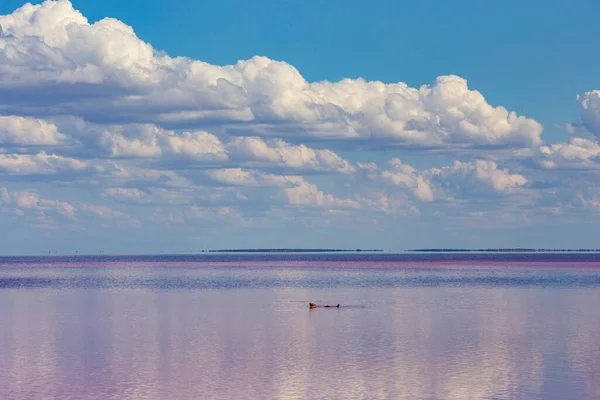
The Syvash lagoons along the Sea of Azov create one of Europe’s largest salt-producing regions, featuring thousands of acres of evaporation ponds that turn various shades of pink during peak production seasons. The area’s salt lakes support both commercial salt extraction and natural salt crystal formation, creating landscapes that appear more Martian-like landscapes.
Local salt production continues despite political challenges, maintaining an industry that has operated since Crimean Tatar times.
Tuz Gölü, Turkey
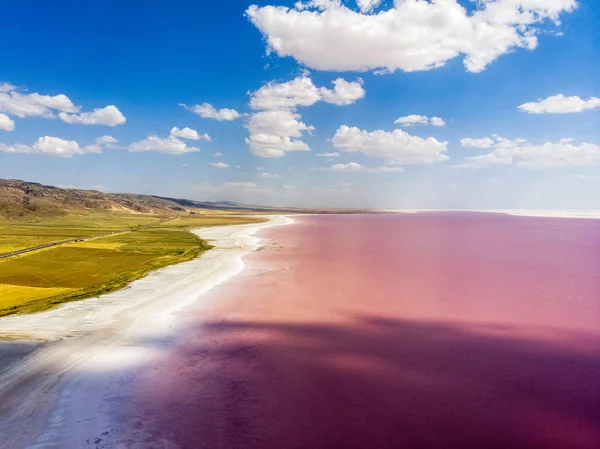
Turkey’s second-largest lake transforms into a pink mirror during dry seasons when receding waters leave behind salt flats and concentrated brine pools that support massive algae blooms. The lake supplies much of Turkey’s domestic salt while creating photogenic landscapes that attract visitors from across the country.
Traditional salt harvesting continues alongside modern industrial operations, maintaining techniques that Turkish salt workers have refined for centuries.
Retba Lake, Senegal
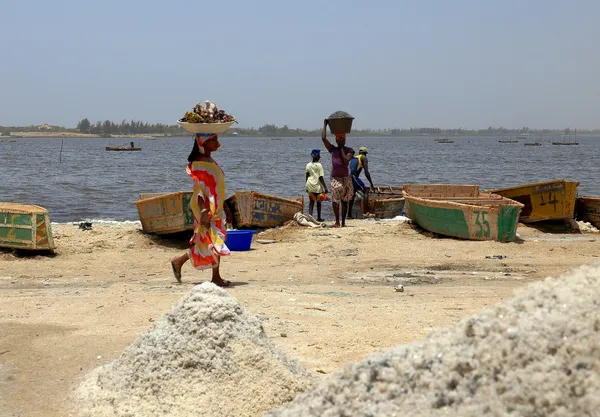
Lake Retba’s strawberry milk appearance results from extremely high salt content that reaches 40% in some areas, creating conditions where only the most specialized pink bacteria can survive. Local salt collectors wade into the lake daily, harvesting salt by hand using traditional techniques while their skin adapts to the hypersaline environment.
The lake’s color intensity peaks during Senegal’s dry season when evaporation concentrates both salt and the microorganisms that produce its famous pink hue.
Like Travel Pug’s content? Follow us on MSN.
Sambhar Lake, India
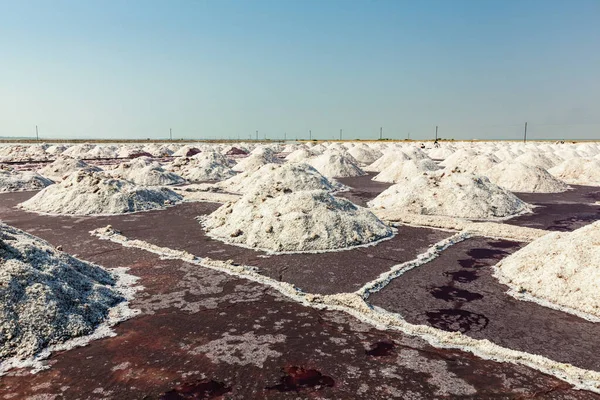
Rajasthan’s largest inland salt lake has supplied salt to northern India for over 500 years, creating evaporation ponds that turn deep pink during monsoon seasons when optimal salinity levels encourage algae growth. The lake supports both large-scale industrial salt production and traditional harvesting methods that local communities have practiced for generations.
Modern visitors encounter a working salt landscape where ancient techniques coexist with mechanized extraction operations.
Maharloo Lake, Iran
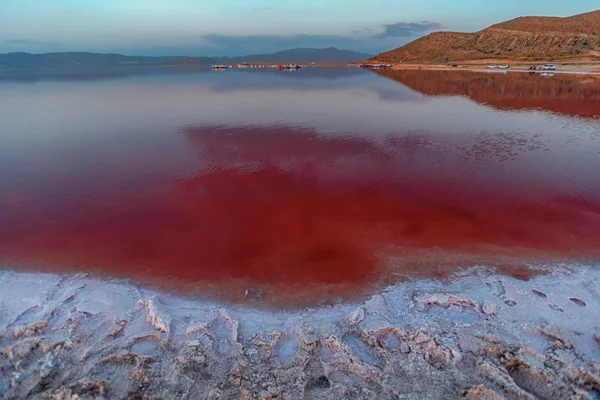
This seasonal salt lake near Shiraz turns brilliant pink during spring and summer months when snowmelt creates ideal conditions for salt-loving bacteria and algae to flourish. The lake dries completely during winter, leaving behind salt flats that locals harvest using traditional methods passed down through Persian dynasties.
Today’s visitors see a natural salt works that has operated continuously for over a thousand years.
Dusty Rose Lake, Canada

Saskatchewan’s potash mining operations create waste ponds that turn various shades of pink due to chemical reactions between mining byproducts and naturally occurring bacteria. While not traditional salt mining, the potash extraction process creates similar hypersaline conditions that produce the same pink coloration found in sea salt operations.
The industrial landscape offers an unexpected blend of prairie beauty and mining functionality.
Like Travel Pug’s content? Follow us on MSN.
Laguna Colorada, Bolivia
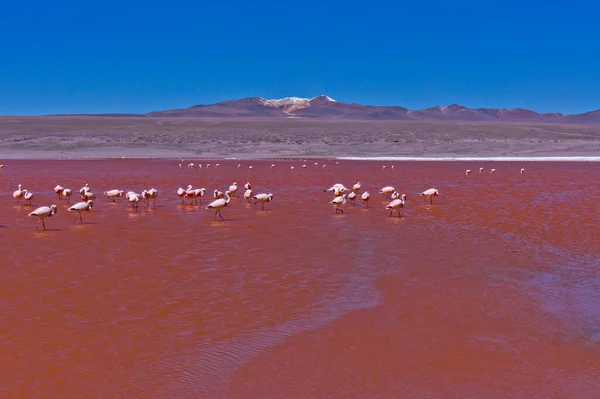
This high-altitude salt flat in the Andes creates pink and red coloration through extreme mineral concentrations and hardy microorganisms that survive at 14,000 feet elevation. The lagoon supports both traditional salt harvesting by local Quechua communities and limited commercial extraction operations.
Visitors experience one of the world’s most remote salt-producing regions, where traditional methods remain unchanged by modern industrial techniques.
Spiral Jetty Lake, Utah
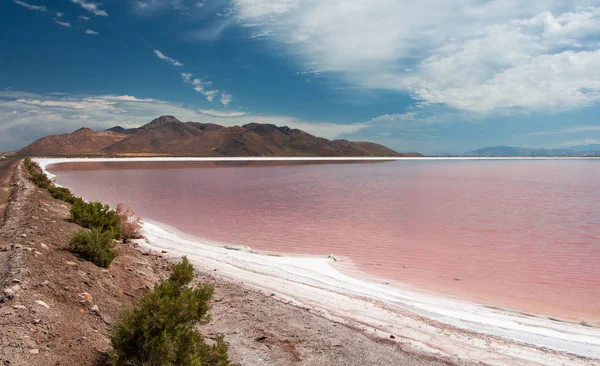
The Great Salt Lake’s north arm features evaporation ponds created for Robert Smithson’s famous earthwork, though local salt operations also maintain pink-colored brine pools throughout the area. The extreme salinity levels necessary for art preservation also create optimal conditions for the bacteria and algae that produce intense pink coloration.
Modern visitors encounter the intersection of land art and industrial salt production in one of America’s most unusual cultural landscapes.
Khewra Salt Mine, Pakistan
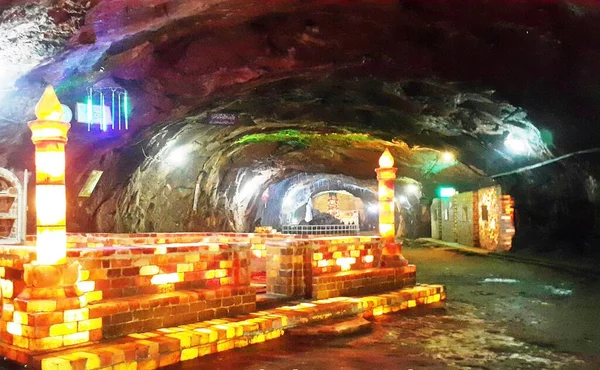
While primarily an underground rock salt mine, Khewra’s surface operations include brine pools that turn pink during certain seasons when dissolved minerals create ideal conditions for halophilic bacteria. The mine has operated since Mughal times, making it one of the world’s oldest continuously active salt extraction sites.
Today’s visitors see pink surface pools that contrast dramatically with the ancient underground salt chambers that extend deep into the Himalayan foothills.
Like Travel Pug’s content? Follow us on MSN.
Uyuni Salt Flats, Bolivia
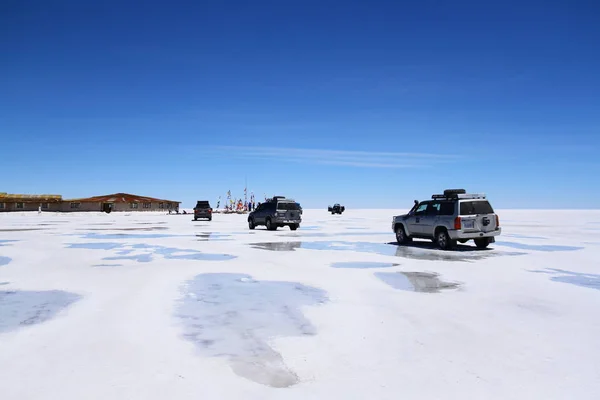
The world’s largest salt flat creates temporary pink lakes during rainy seasons when shallow flooding concentrates salt and supports algae blooms across thousands of square miles. Local salt harvesting continues using traditional pyramid-stacking methods that create geometric patterns across the blindingly white landscape.
The seasonal pink coloration adds another dimension to a natural wonder that already defies conventional landscape categories.
Industrial Beauty Preserved
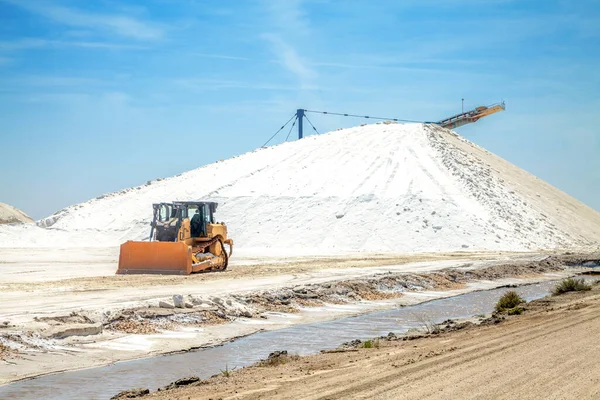
Salt mining towns with pink lakes prove that industrial necessity can create accidental beauty that rivals any natural wonder. These communities have learned to balance commercial salt production with the geological conditions that produce their famous colored waters, understanding that both depend on the same extreme salinity levels.
The result demonstrates how human industry, when properly managed, can enhance rather than diminish the natural phenomena that make these places unforgettable.
More from Travel Pug

- 20 Best Beach Towns in the Carolinas
- 13 Destinations Where Tourists Regularly Regret Their Trip
- 20 Destinations That Are More Magical Without an Itinerary
- 20 Underrated Adventures That Belong on Your Travel List
- 20 Cities Where You Should Just Wing It, No Planning Required
Like Travel Pug’s content? Follow us on MSN.w us on MSN.N.
